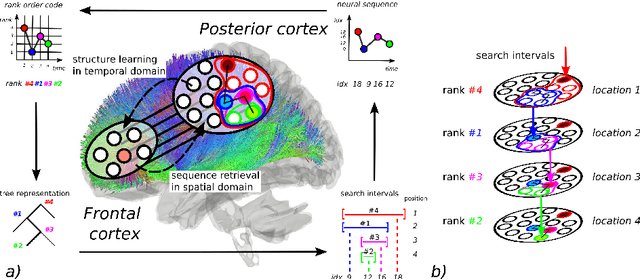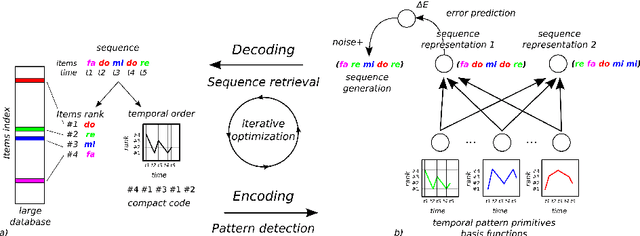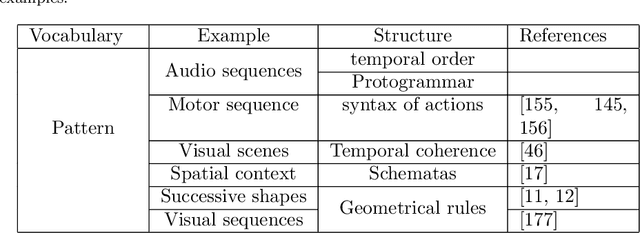Digital Neural Networks in the Brain: From Mechanisms for Extracting Structure in the World To Self-Structuring the Brain Itself
Paper and Code
May 22, 2020



In order to keep trace of information, the brain has to resolve the problem where information is and how to index new ones. We propose that the neural mechanism used by the prefrontal cortex (PFC) to detect structure in temporal sequences, based on the temporal order of incoming information, has served as second purpose to the spatial ordering and indexing of brain networks. We call this process, apparent to the manipulation of neural 'addresses' to organize the brain's own network, the 'digitalization' of information. Such tool is important for information processing and preservation, but also for memory formation and retrieval.
 Add to Chrome
Add to Chrome Add to Firefox
Add to Firefox Add to Edge
Add to Edge